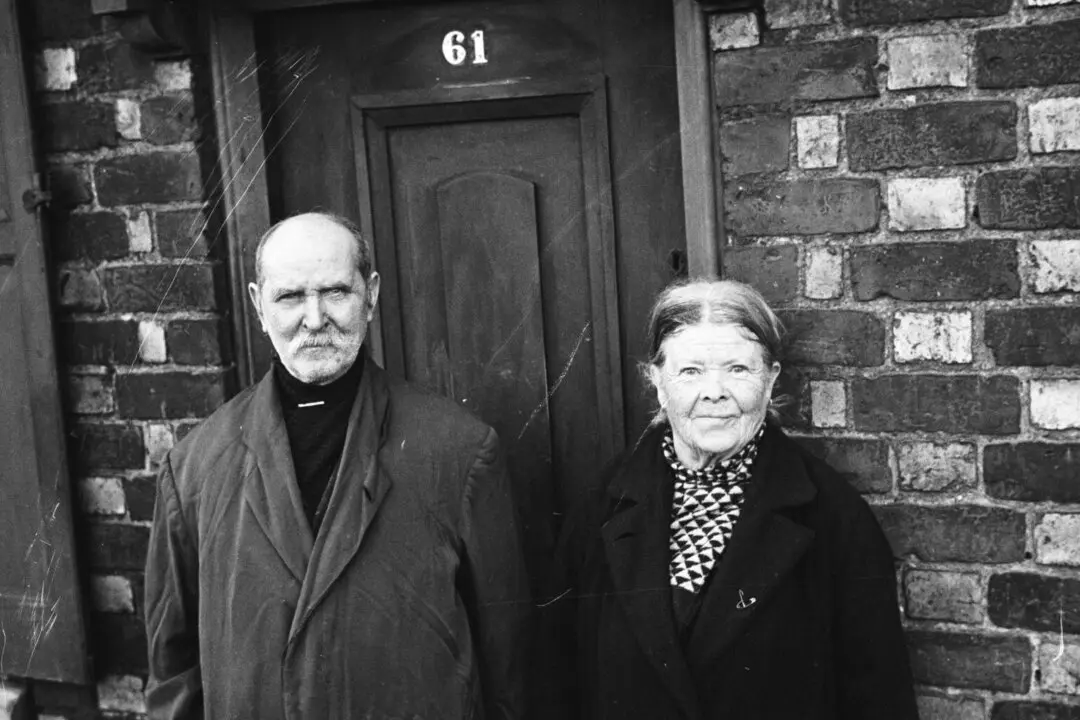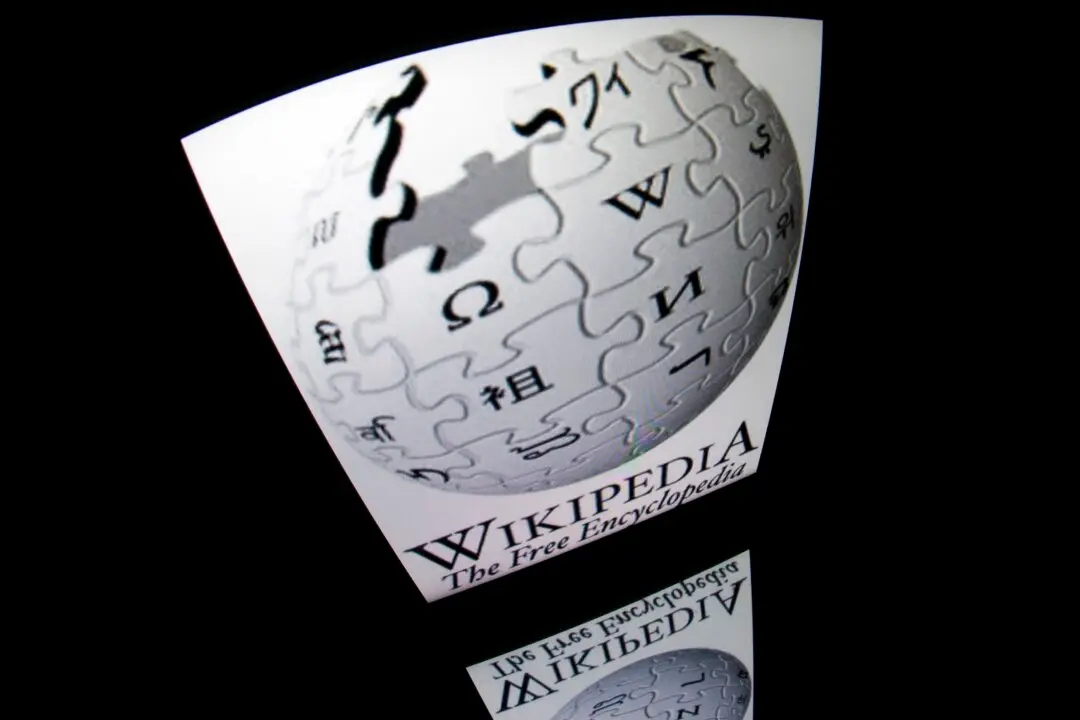Reading aloud to kids has myriad benefits. Many studies have shown, for instance, that kids who are exposed to reading before preschool are more likely to succeed in their formal education. One of the reasons for this is that they will enter school with a wider vocabulary, which will enable them to pick up on more of what the teacher says. Children whose language skills have been developed by being read to will also learn to read more easily themselves. The stronger their reading skills, the more likely they’ll graduate from high school.
Reading out loud can help older kids, too, by improving and maintaining a good attention span. It’s also an advertisement for books themselves, inspiring kids to read on their own and fostering a lifetime of love for books. If children (of all ages) don’t see their parents taking time to read by themselves or with the kids, they probably won’t value reading either. Speaking from my own experience, I gained a strong appreciation for books and a feel for the rhythm and beauty of the English language by listening to books in addition to reading them on my own.






